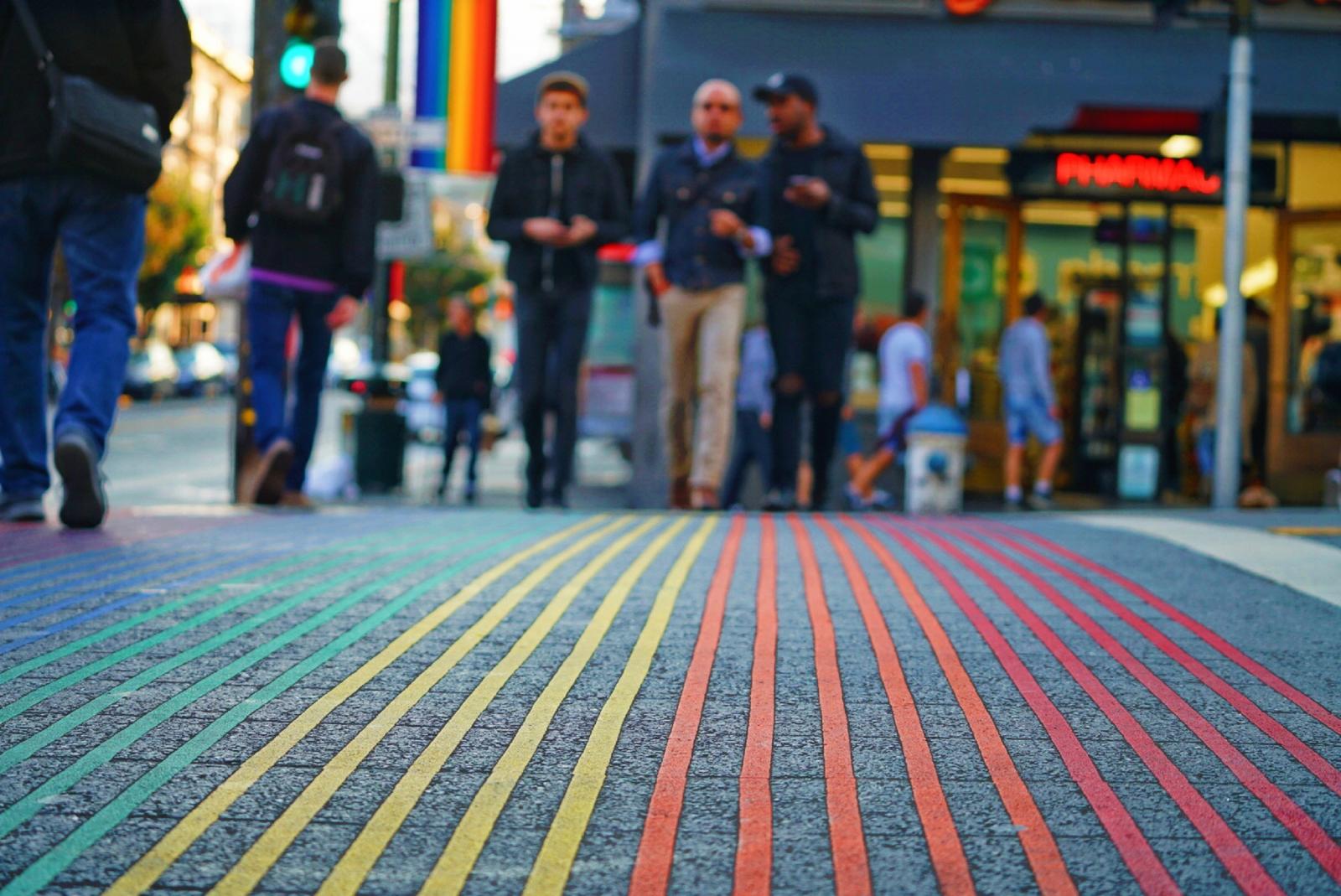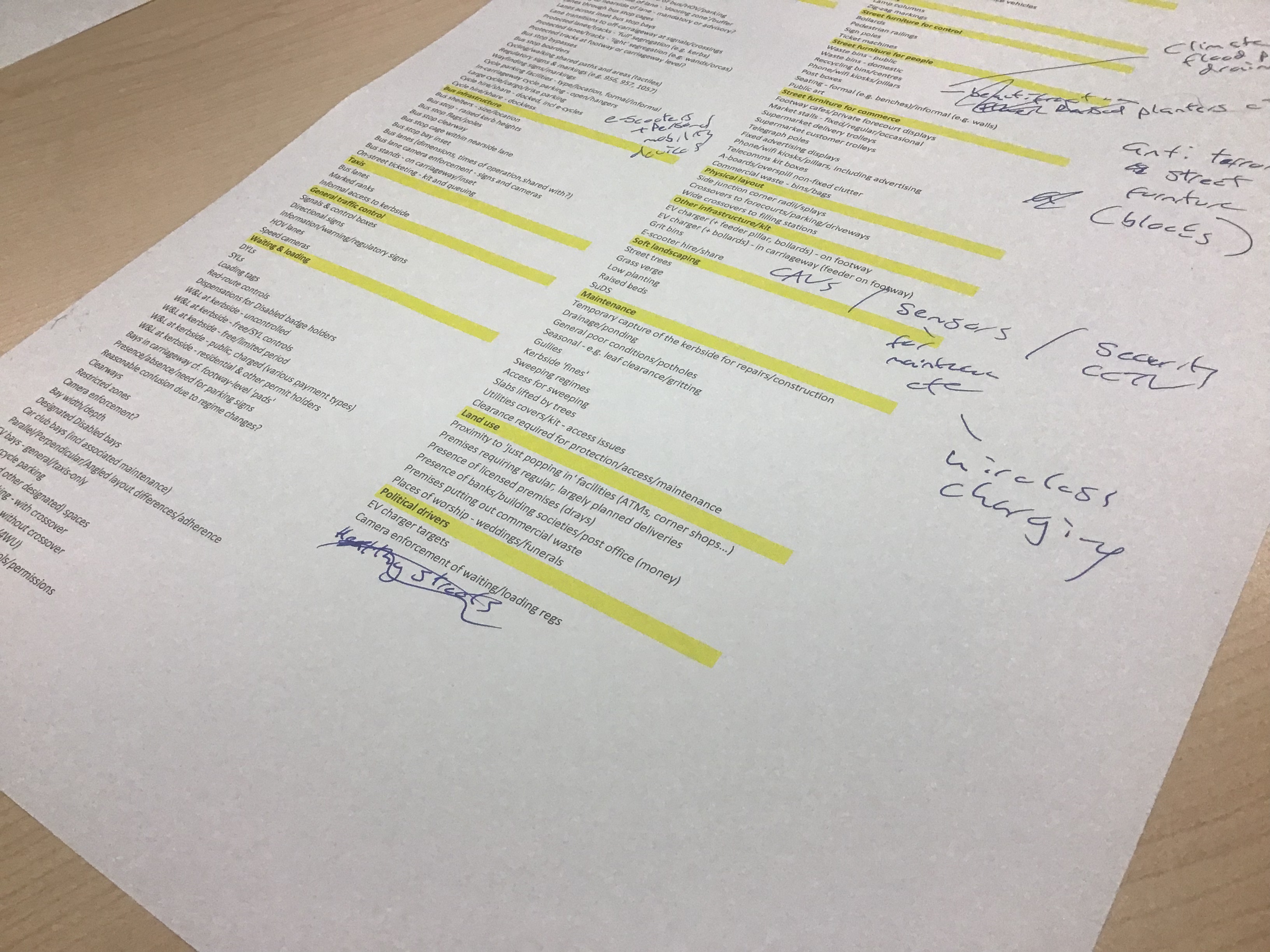The secret life of the street – and what we need to know to make future streets work

For a couple of years now I have been banging on about the need for a debate on future streets (i.e. about how best to reconcile the complexities of all the different calls on street space - or more accurately the space between the buildings). So I am pleased to see that this is an issue that has now caught fire with two projects under the ‘future streets’ banner (one from ITS Leeds and one from UCL) as well as a London conference on future streets that we are sponsoring.
On Tuesday I took part in a seminar at the Chartered Institution of Highways and Transportation (CIHT) on the outcomes, so far, of the ITS project which will hopefully result in guidance for authorities. I thought reconciling the different demands on road space was complex before I went into the room. However, I left the room realising it was even more so than I had initially thought. I went in thinking that streets need to accommodate the different needs of different types of vehicles - buses, taxis, bicycles, powered two wheelers, cars, freight and logistics, as well as the different types of users including people with disabilities, and different objectives such as clean air, crime reduction, thriving high streets, reduced carbon emissions, provision for electric vehicles, provision of connected and autonomous vehicles, healthier streets and more… However, all these are in principle broad brush issues. What the seminar taught me was that there are so many other variables – for example dealing with the unusual (funeral corteges, removal vans, deliveries that take time such as beer to pubs, skips).
There is also street furniture, the paraphernalia that shops and cafes put in front of their premises, street beautification (raised planters, etc.), and emergency services needs. And all these complex needs and variables play out differently on different streets and at different times of the day. ITS had an A3 sheet with a closely typed list of factors to consider (which got longer by the end of the day) when looking at the street of today – never mind the streets of the future. All of which suggests firstly the need for a more sophisticated and holistic approach to street management (rather than single issue, for example ‘we need to get a lot of EV chargers in ASAP’).
Secondly, there is a need for more people to observe how each busy street operates now, to think deeply about how to make it work better (what trade offs need to be made on the basis of what priorities) and then make it happen (not forgetting the need for on-going management, enforcement, maintenance and adjustment).  Here are five further thoughts from the day…
Here are five further thoughts from the day…
- Parking and loading regulation is shouty, complicated and often ambiguous (what happens if you park on a cycle lane? What is the status of the shop forecourt in front of the shop but behind the curb line?). This can lead to people going round what they see as the regulated parts of the road space (even free parking bays) and parking on what they see as sitting outside the regulated areas (including pavements). Bus lanes can often be something that people see as very clearly a regulated and enforced space – which leads to the phenomena of people not driving in bus lanes even when they are not in operation. Some drivers are perhaps pavement parking out of consideration for their fellow drivers (i.e. to make space for them to park or pass) without thinking about the impacts on pedestrians. All of which suggests there could be a need for more research into the deeper reasons behind what makes drivers do what they do (including etiquette, peer pressure, fear of embarrassment, etc.).
- A lot of British streetscapes are so ugly and dilapidated that drivers may be making the unconscious decision that some ugly parking behaviour isn’t going to make them any worse.
- Physical signs and lines to regulate the road space create clutter, are not always read or understood by drivers and are inflexible (i.e. it is difficult to change the use of space at different times of the day or to allow two or more different functions for the same space). Digitalising the allocation and regulation of road space (including through geo-fencing) would make sense in that it would be clearer, more flexible and less ugly. However, the extent of data sharing necessary (and the knock on concerns about data ownership and privacy) is daunting.
- The current limitations on taxi and PHV pick up and drop off are few and mostly unobserved. If taxis and PHVs grow further then the problems caused by dropping off and picking up anywhere will grow. And how will taxi share work in practice if multiple taxis are trying to pick up / drop off different people from the same area of curb space?
- The enforcement of parking and loading regulation is constantly demonised by the media and by some politicians. But then the case is rarely made for it in a positive and pro-active way, and its complexity, ambiguities and its officious language and branding isn’t helping. Is there a need for a comprehensive rethink about how parking and loading restrictions and enforcement is communicated to the public as something that is there to help streets thrive and keep moving in a safe way? This is something that might relate to further research into how drivers feel about the regulation of streets.
Roll on the Future Streets conference on February 12. This is a topic where we need to revel in exploring all its complexities before we can make progress.
Jonathan Bray is Director of the Urban Transport Group. You can find out more information and register for the Future Streets conference here.

